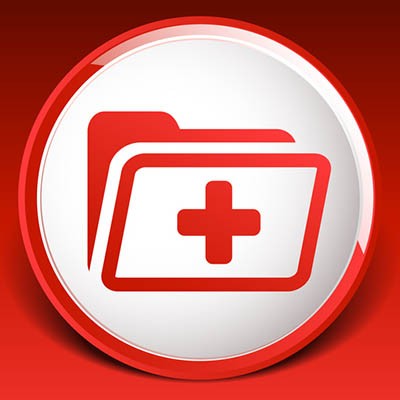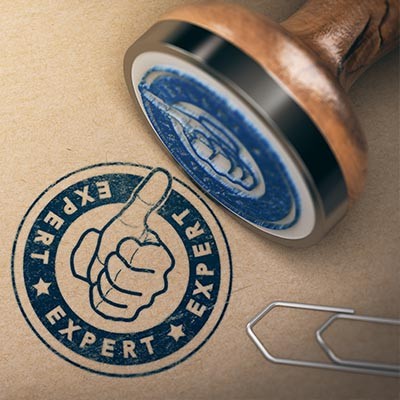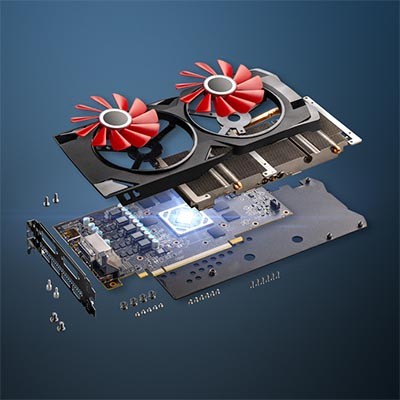Smartphones are the predominant mode of communication, as well as now being the devices most used to access the Internet. With so much depending on the modern smartphone, it has become one of the largest, and most competitive, markets of any consumer item. As a result, manufacturers are building devices with software that is able to encrypt the phone against unauthorized access.
Telesys Voice and Data Blog
The Internet is a valuable tool that can be accessed through a wired connection and wirelessly via Wi-Fi, but the devices that offer these connections can be somewhat complicated and difficult to understand. If you don’t know which device does what, you’re in for a treat--today’s tech term will examine the differences between the modem and the router.
Browser cookies might not sound delicious, but they are a particularly important part of your browser’s technology. Do you actually know what they do, though? Today’s tech term will explain just what these cookies are, as well as the purpose they serve for your organization.
One of the primary goals of technology development has long been to make technology as small as possible, while simultaneously improving its performance. The result of these efforts is the field of nanotechnology, which is now applied in a variety of uses.
The Internet has become an irreplaceable part of many business’ operations, which brings the thought into question of how much you rely on it for your daily duties. Technology has changed the way that the Internet works for the better, but there is one part of its operations that still lies at the heart of it: bandwidth.
The medical field has spawned all kinds of new technology that takes patient care to the next level. Regulations demand that even smaller practices need to make the jump to electronic medical record systems (also known as electronic health records). These EMR/EHR solutions provide an interface that give providers and patients a way to keep themselves connected to each other--a tool to promote a more efficient delivery method for these services. We’ll take a look at these EMR and EHR solutions that are hosted in the cloud, giving your organization more information to make an educated choice on implementing this software.
Understanding what your customers need is a crucial first step toward improving the way your organization communicates with them. They expect a certain level of service, so how can you make sure to maintain it while still leveling with them on what they require of your business? A customer relationship management software, or CRM, is invaluable toward this end.
More small businesses today depend on their IT. If that technology isn’t working as intended, it can really stymie an organization’s ability to be effective. Our strategy of managed IT support and services can do quite a bit towards keeping a business running efficiently. Today, we’ll take a look at managed IT to see how proactive monitoring can deliver enhanced efficiency to businesses.
Even if we’d like it to last forever, business technology can’t possibly do so for a number of reasons. Due to the fact that businesses and their technology are constantly upgrading and changing, it’s almost a certainty that you’ll have to upgrade your technology at some point, whether it reaches its end-of-life event or just simply becomes obsolete for your organization. In fact, failing to update your infrastructure from time to time can have serious negative side-effects for your business.
It isn’t as though we haven't said this before but leveraging a VoIP (Voice over Internet Protocol) solution over a traditional business telephone system can bring your organization a few very clear benefits. Many of these benefits come from the advanced features that VoIP offers as add-ons. We’ll discuss a few of these features and their advantages.
For a moment, I want you to stop and consider something: Who do you turn to when your business’ toilets suddenly stop working? Who do you call for when the lights stop working? Most likely, an expert… so if you turn to the pros for these needs, why would you do anything different for your IT?
Small and medium-sized businesses (SMB) have historically been restricted in what they can do with their technology infrastructures. However, there are now options that an SMB can leverage that enable it to accomplish more with their infrastructure - but this requires the SMB to have a plan in place.
Your new desktop isn’t going to do you much good if you don’t have a screen to plug into it. Let’s talk about considerations to make when purchasing a new desktop when it comes to your display.
In parts one through four we talked about choosing the right specifications for your desktop, depending on its role. We talked about selecting the right CPU, RAM, storage, and display options. This final post we hit a few other tips and ideas we came up with that didn’t fit into the other posts.
Let me ask you a simple question: how many cell phones have you had over the years? For some of us, upgrades are a yearly occurrence. For others possibly bi-yearly. Have you ever wondered where your old cell phone goes after it is out of your hands?
Businesses require a lot of their Internet connections, especially if they’re using technologies like VoIP, screen-sharing, and/or webinar platforms. If you’re looking to incorporate these features, you need to be sure you have enough bandwidth to support them. We’re looking at a few reasons that your bandwidth matters, and how to tell if you have enough for your needs.
Today is the first day of the third decade of the 21st century. For some, it’s just another year, but for others it seems almost impossible that we’ve reached this point without floating cars and manned missions to Jupiter. Fifty years ago, some of the technology that is used in the course of doing business was simply fiction or conjecture. We thought it would be neat to take a look at some of the technological changes made since 1970.
Improvements in technology have allowed us to come a long way since the days of our ancestors, which is made exceptionally clear by our developments in the realm of healthcare. There are so many ways that healthcare providers can use information technology to their advantage, so we’ll cover a select few here.
With 2017 on its way out, there are many great technology solutions that businesses can take advantage of. Some of the most notable topics in business technology in recent years include business intelligence, artificial intelligence applications, and machine learning. What are some of the most important technologies that you’ll want to keep in mind for the 2018 business year?
The new smartphone models are here. This year there are plenty for consumers to get excited about in the smartphone space. The return of the Galaxy Note, the evolution of the Galaxy s8, a premium iPhone, and the return of two of the industry's heavy hitters highlight this year’s best smartphones.
Mobile? Grab this Article!
Tag Cloud




















